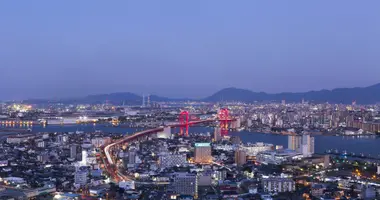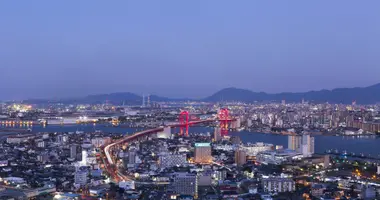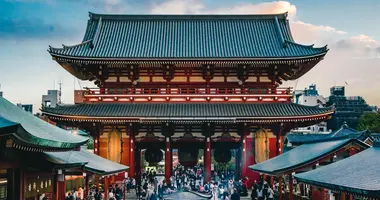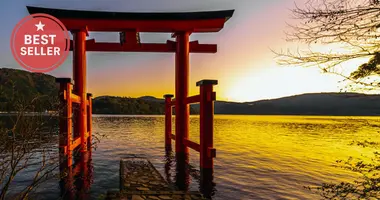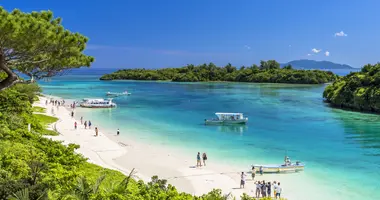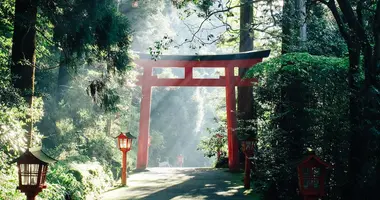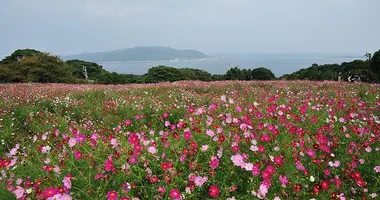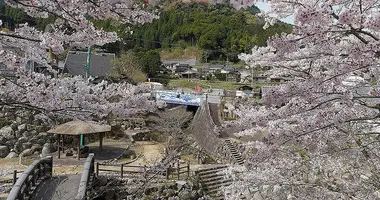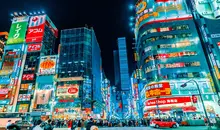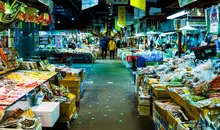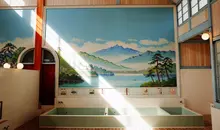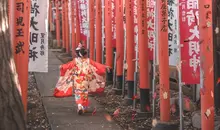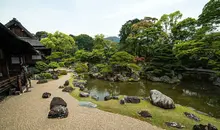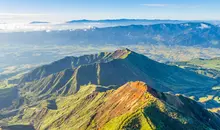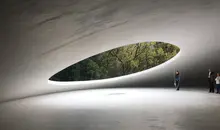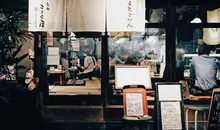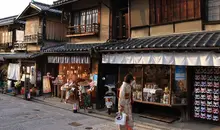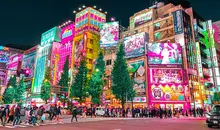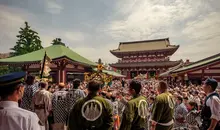Mojiko Moji Port Guide: Exploring a Historic Waterfront Gem
- Published on : 06/07/2024
- by : Japan Experience
- Youtube
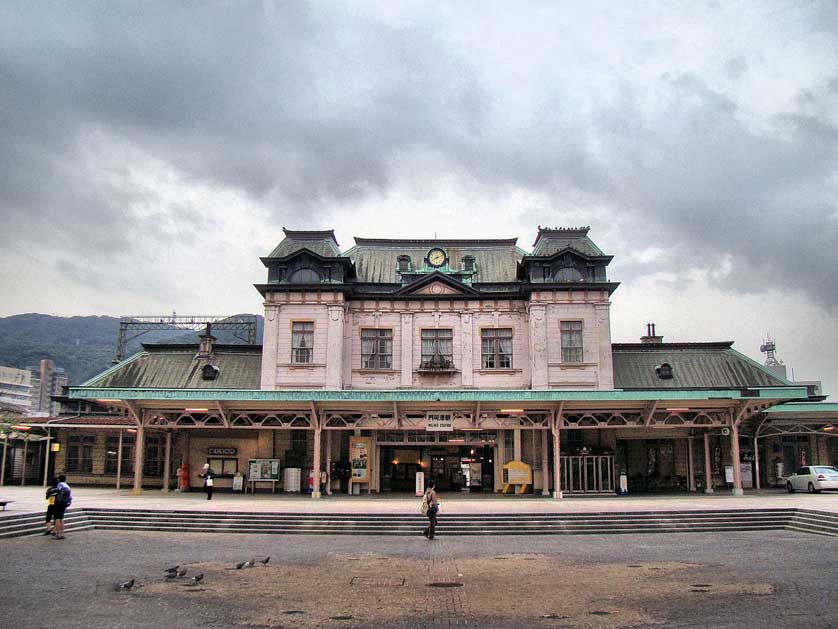
Mojiko Station building, Moji Port, Kitakyushu, Kyushu
Nestled at the northernmost tip of Kyushu, Mojiko Port stands as a testament to Japan's rapid modernizationduring the Meiji and Taisho eras. Once a bustling international trading hub, this charming port town now captivates visitors with its well-preserved Western-style architecture and nostalgic atmosphere. From the iconic Mojiko Station to the bustling Karato Market across the strait, Mojiko offers a unique blend of history, culture, and culinary delights. Join us as we embark on a journey through time, exploring the retro charm and hidden gems of Mojiko, where past and present intertwine to create an unforgettable experience.
Understanding Moji Port's historical significance
Mojiko's rise to prominence began in 1889 when it was designated as a Special National Port. Its strategic location at the narrowest point of the Kanmon Straits, separating Kyushu from Honshu, made it an ideal gateway for international trade. The opening of the Kyushu Railway further cemented Mojiko's importance, transforming it into a vital link between Japan and the Asian continent.
During its heyday, Mojiko was considered one of Japan's three major ports, alongside Yokohama and Kobe. The port flourished as a hub for exporting coal, rice, wheat, and sulfur, while also handling imports from around the world. This prosperity attracted numerous financial institutions and trading companies, leading to the construction of impressive Western-style buildings that still define the cityscape today.
However, Mojiko's fortunes began to decline with the completion of the larger Shin-Moji Port in 1942 and the Kanmon Railway Tunnel, which bypassed the original railway terminus. The post-war shift away from coalfurther impacted the port's significance. Despite these challenges, many of the historic buildings survived, providing a unique window into Japan's rapid modernization period.
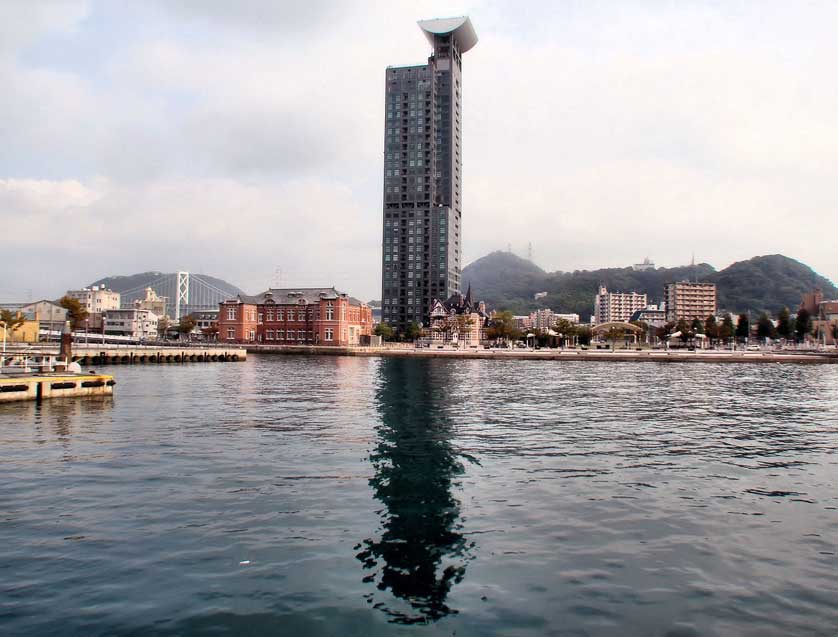
Mojiko (Moji Port), Kitakyushu, Kyushu
Navigating Mojiko: Getting there and moving around
Reaching Mojiko is relatively straightforward, with several transportation options available. The most convenient way is by train, taking the JR Kagoshima Main Line from Kokura Station to Mojiko Station, a journey of about 13 minutes. For those coming from further afield, Kokura Station is well-connected to major cities via the Sanyo Shinkansen.
Once in Mojiko, the compact nature of the historic district makes it ideal for exploration on foot. Most attractions are within a 2-kilometer radius of Mojiko Station. For those who prefer a more leisurely pace, rental bicycles are available near the inner harbor. Rickshaw tours offer a unique and nostalgic way to see the sights, complete with informative commentary from the drivers.
To cross the Kanmon Straits to Shimonoseki, visitors can take a short 5-minute ferry ride from Marine Gate Moji to the Karato Terminal. For a truly unique experience, consider walking through the pedestrian tunnel that runs beneath the strait, connecting Kyushu and Honshu.
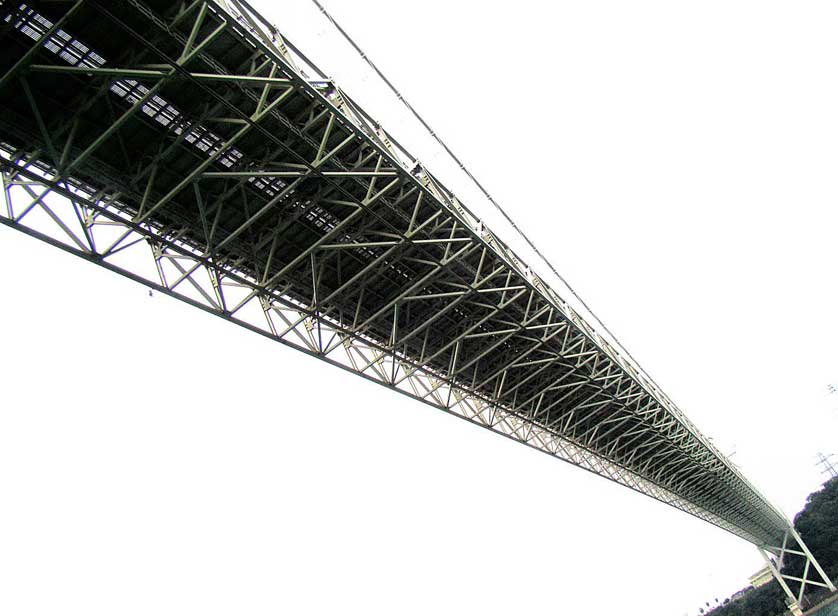
The Kanmon Bridge links Kitakyushu in Kyushu with Shimonoseki in Honshu
Architectural highlights: Western-style buildings from the Meiji and Taisho eras
Mojiko's charm lies in its beautifully preserved Western-style architecture, showcasing a variety of styles popular during Japan's rapid modernization. These buildings offer a glimpse into the port's prosperous past and the cultural exchange that flourished here.
The crown jewel of Mojiko's architectural heritage is undoubtedly Mojiko Station. Built in 1914, this Neo-Renaissance style building was the first train station in Japan to be designated as an Important Cultural Property. Its elegant facade and grand interior transport visitors back to the golden age of rail travel.
Another notable structure is the Former Moji Customs House, a striking red-brick building constructed in 1912. Now housing a cafe and art gallery, it stands as a symbol of Mojiko's importance in international trade. Nearby, the Former Osaka Shosen Building (1917) impresses with its Secession-style architecture, featuring a distinctive octagonal tower and arched windows.
The Old Moji Mitsui Club, built in 1921, offers a glimpse into the social life of the era. This half-timbered structure once hosted distinguished guests, including Albert Einstein during his visit to Japan in 1922. Today, visitors can explore the Einstein Memorial Room, preserved as it was during his stay.
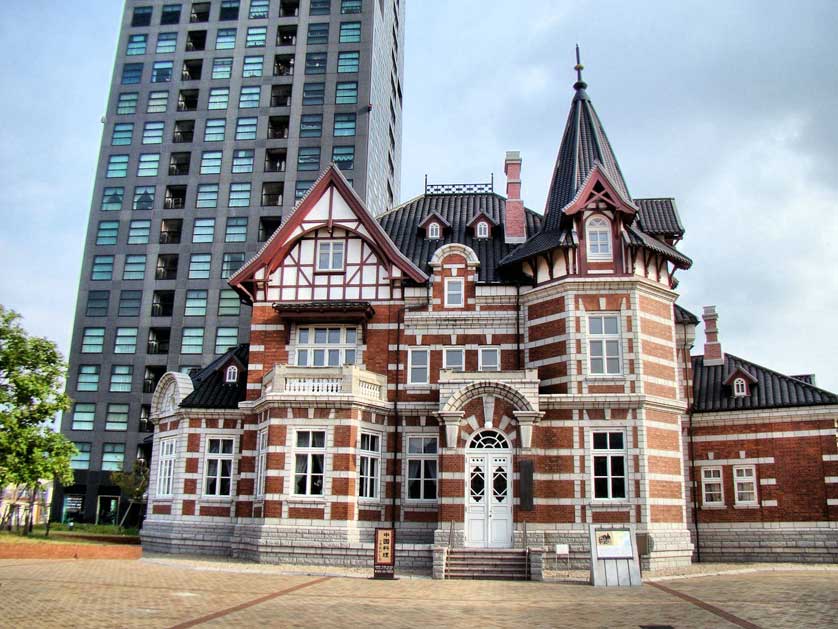
Chinese Eastern Railway Office, Mojiko
Must-visit attractions and museums in Mojiko
Beyond its architectural wonders, Mojiko boasts several attractions that delve deeper into the area's rich history and culture. The Kyushu Railway History Museum offers an engaging journey through the development of rail transport in the region. Housed in the former Kyushu Railway Company headquarters, the museum features interactive exhibits, model railways, and a collection of vintage locomotives.
For panoramic views of the port and the Kanmon Straits, head to the Mojiko Retro Observation Room. Located 103 meters above ground, it provides a stunning 270-degree vista, particularly enchanting at sunset and after dark when the city lights twinkle below.
The Kaikyo Dramaship, a modern museum dedicated to the history and ecology of the Kanmon Straits, offers interactive displays and a restaurant with sea views. For art enthusiasts, the Idemitsu Museum of Arts showcases an impressive collection of Japanese paintings, calligraphy, and East Asian ceramics in a beautifully renovated Taisho-era warehouse.
Don't miss the Blue Wing Moji, a 108-meter-long pedestrian drawbridge that opens periodically to allow ships to pass. It's particularly picturesque when illuminated at night.
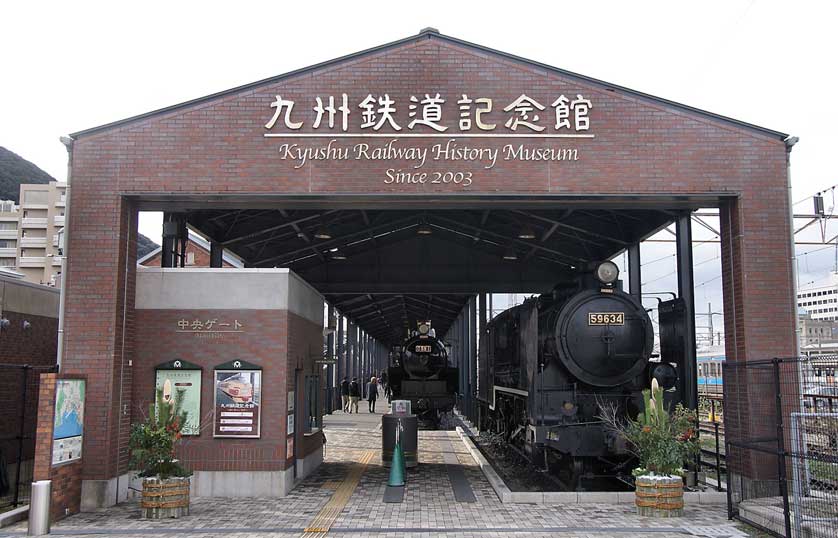
Kyushu Railway History Museum, Kitakyushu, Kyushu
Culinary experiences: Local specialties and dining options
Mojiko's culinary scene is a delightful mix of local specialties and international influences, reflecting its history as a port town. The area's signature dish is Yaki Curry, a unique take on Japanese curry where the rice and curry are baked together with cheese, creating a crispy, savory delight. Numerous restaurants in the Mojiko Retro area offer their own variations of this local favorite.
Seafood lovers should not miss the opportunity to try fugu (pufferfish), a delicacy closely associated with nearby Shimonoseki. Many restaurants in Mojiko serve this carefully prepared fish in various forms, from sashimi to hot pot dishes.
For a taste of Mojiko's trading history, look for banana-themed treats and souvenirs. The port was once a major entry point for bananas from Southeast Asia, and this legacy lives on in various sweets and even a local banana beer.
The Kaikyo Plaza offers a range of dining options with sea views, while the retro-styled cafes housed in historic buildings provide a charming setting for a relaxing break. For the freshest seafood, consider taking the ferry to Shimonoseki's Karato Market, where you can enjoy sashimi and other local specialties right at the source.
Scenic views and photo opportunities in Mojiko
Mojiko is a photographer's paradise, offering numerous picturesque spots that capture the essence of this historic port town. The waterfront promenade provides stunning views of the Kanmon Straits and the impressive Kanmon Bridge, especially beautiful at sunset.
For a classic shot of Mojiko's retro charm, position yourself near the Mojiko Station with its elegant facade as the backdrop. The station's platform, devoid of benches, offers an unobstructed view perfect for photographs.
The Blue Wing Moji drawbridge is another popular spot, particularly when it opens for passing ships or when illuminated at night. For elevated views, head to the Mojiko Retro Observation Room, where you can capture panoramic shots of the entire area.
Don't miss the Mekari area, about 1 km north of Mojiko, for close-up views of ships passing through the straits and the Kanmon Bridge. The nearby Mekari Shrine, the northernmost shrine in Kyushu, adds a touch of traditional Japanese culture to your photos.
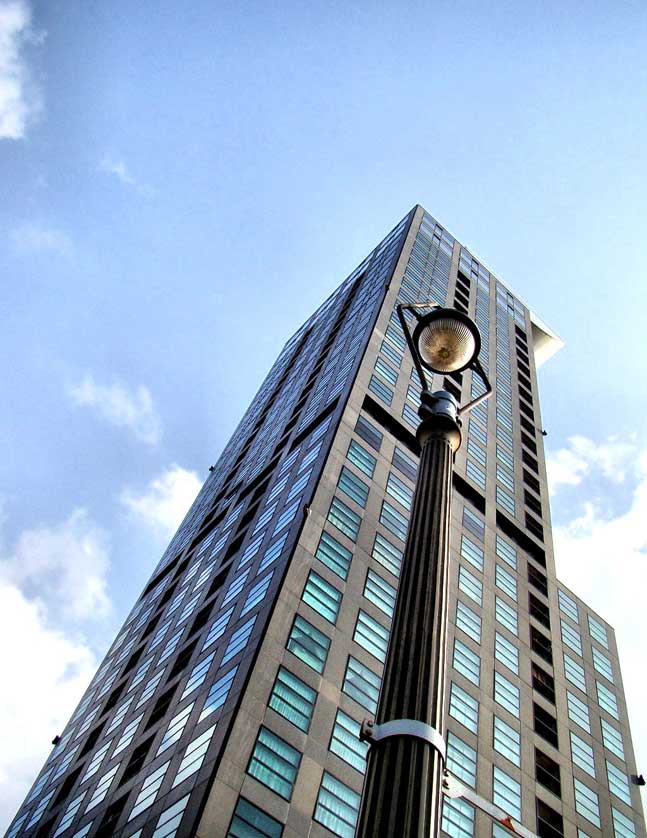
Mojiko Retro Observation Room, Mojiko
Practical information for visitors: Hours, fees, and tips
Most attractions in Mojiko are open daily from around 9:00 AM to 5:00 PM, though specific hours may vary. The Mojiko Retro Observation Room offers extended hours until 10:00 PM, perfect for enjoying night views.
Entrance fees are generally modest, with many buildings and museums charging between 300-600 yen for adults. The Mojiko Station itself is free to enter, though accessing the platform requires a small fee if you're not taking a train.
For the best experience, consider these tips:
- Purchase a Mojiko Retro Pass for discounted entry to multiple attractions.
- Visit during the winter illumination event for a magical atmosphere.
- Try to catch a banana auction performance, a reenactment of Mojiko's lively trading past, typically held on weekends.
- Consider staying overnight to experience Mojiko's enchanting evening ambiance and to explore nearby Shimonoseki.
- Check the Blue Wing Moji opening times to witness this impressive drawbridge in action.
With its blend of history, architecture, and scenic beauty, Mojiko offers a unique glimpse into Japan's modernization era. Whether you're a history buff, architecture enthusiast, or simply seeking a charming day trip from Fukuoka, Mojiko promises an unforgettable journey through time. Don't forget to check out other nearby attractions in Kitakyushu-shi to make the most of your visit to this fascinating region.
